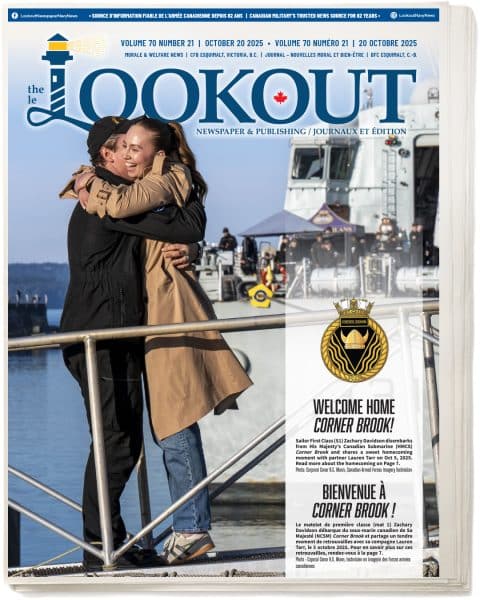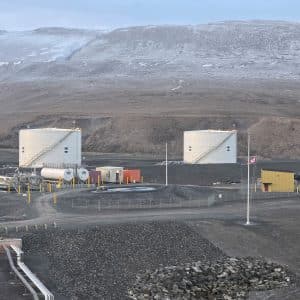Commander Tyson Bergmann, former CO HMCS Vancouver, and Brett Witthoeft, Maritime Forces Pacific
- There’s a lot to know before deploying to the Indo-Pacific, a dynamic maritime region central to trade, security, and Canada’s future.
- RCN crews must prepare for regional complexities—from strategic tensions to unpredictable weather and operational risks at sea.
- Success depends on adaptability, cultural awareness, and learning from Indo-Pacific navies experienced in operating in contested waters.
–
Every year, Royal Canadian Navy (RCN) ships from both coasts deploy to the Indo-Pacific region (IPR) in support of Canadian policy. It is important for Defence community members to understand the dynamics of this region from a Canadian perspective. The summary below is based on an article originally published for free in the Canadian Naval Review (Volume 21, No. 1 2025).
- The IPR is home to two-thirds of the human population who currently generate approximately 45 per cent global wealth and are on track to possess half of worldwide Gross Domestic Product (GDP) by 2040. The RCN’s involvement in the IPR now is an investment in our future success.
- The IPR is primarily a maritime theatre with many of its countries dependent on seaborne trade and either connected or separated by water. In fact, 33 per cent of all global trade sails through the South China Sea, while China, South Korea, and Japan build over 90 per cent of all new ships every year. This makes maritime power vital in the IPR, with the region home to some of the world’s largest navies and coast guards.
- The IPR is busy 24/7 with maritime traffic especially high near the Malacca and Taiwan Straits. Potential challenges include dhows making sudden course changes, lasers being directed at the bridge, and fishers not following best practices. As such, RCN crews need to be hypervigilant to avoid incidents.
- Northeast and Southeast Asia are different sub-regions with varying maritime capabilities and approaches. Northeast Asia focuses on threats considered “traditional” such as China and North Korea’s maritime weapons and belligerence. In contrast, Southeast Asia tends to prioritize “non-traditional” threats like maritime piracy, climate change, and illegal fishing.
- China is front-of-mind in the IPR as both a trading partner and a security challenge. China is the largest trade partner for over 120 countries, and as such, helps to sustains millions of jobs across the world. However, Beijing’s support for North Korea, along with increasing maritime exercises, illegal fishing, and other growing security challenges, has created tensions between China and other IPR countries.
- Regional relations are complex with the IPR lacking an overarching alliance like the North Atlantic Treaty Organization (NATO). Instead, countries in the region hold bilateral alliances, organizations, and mini-lateral arrangements on issues important to them. IPR nations each have varying risk tolerance, threat perception, and standards the RCN must adapt to.
- Canada is not the United States. The U.S. has had decades to build up IPR allies, which gives the U.S. Navy significant benefits. While Canada supports ties with the IPR, Canada may not be strategically relevant to some of its countries in the IPR. As such, an RCN warship may not get all it asks for in port.
- Weather is challenging with waters in the IPR bringing both monsoons and typhoons. Bad weather can lead to reduced shore leave, traffic jams, or altered planned exercises. Be ready to change course as needed, leaning on local knowledge to develop effective responses
- Canada has a lot to learn from Indo-Pacific (IP) navies about operating in contested waters. While Canada has contributed in the IPR by having international exchanges, sharing intelligence, and cooperating against cybercrime and terrorism, IP navies often operate in the “grey zone” where actions are neither openly hostile nor peaceful. Understanding this environment is something the RCN can learn from its IP partners who navigate it every day.









